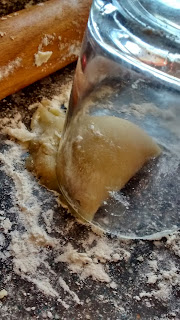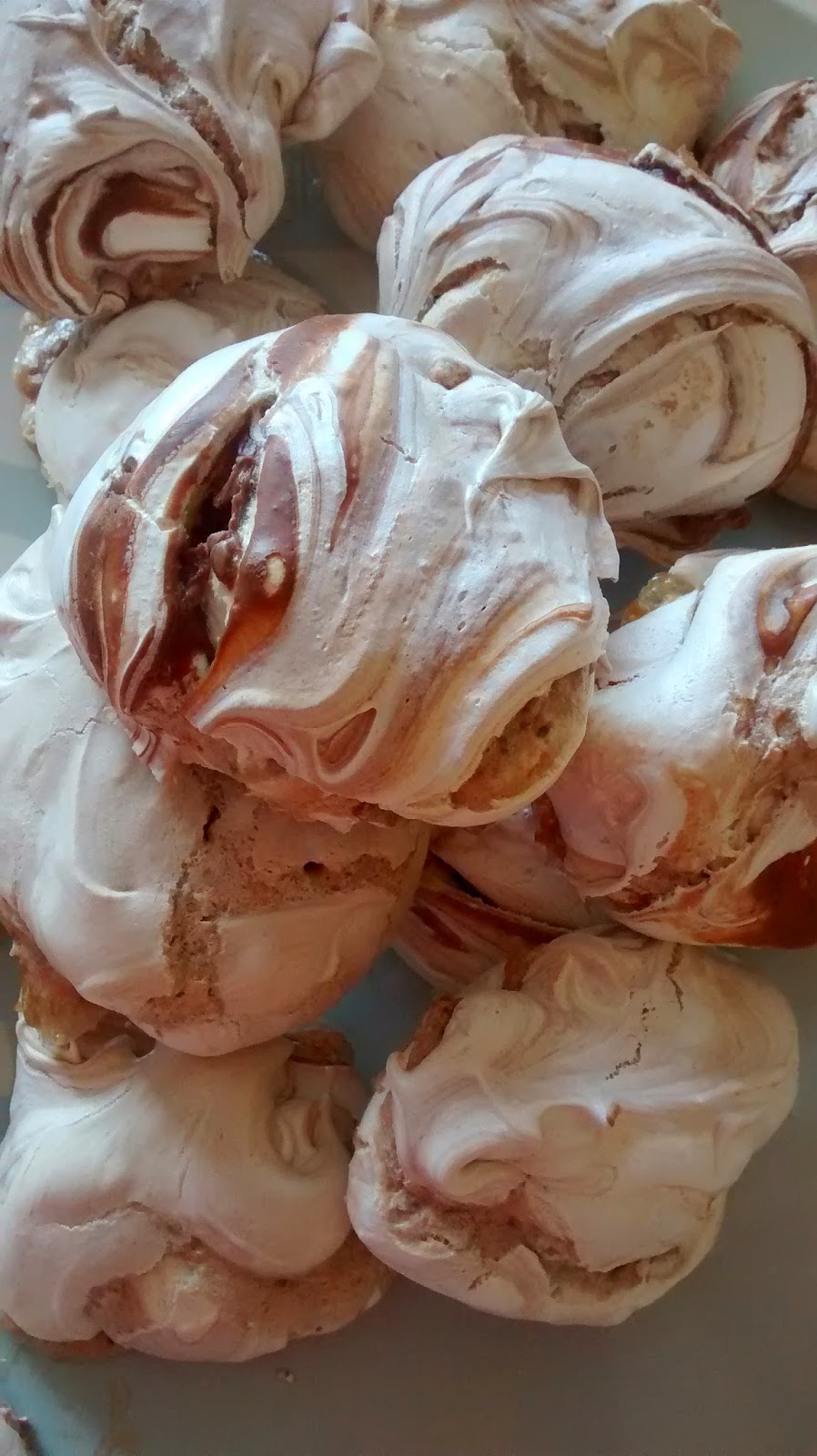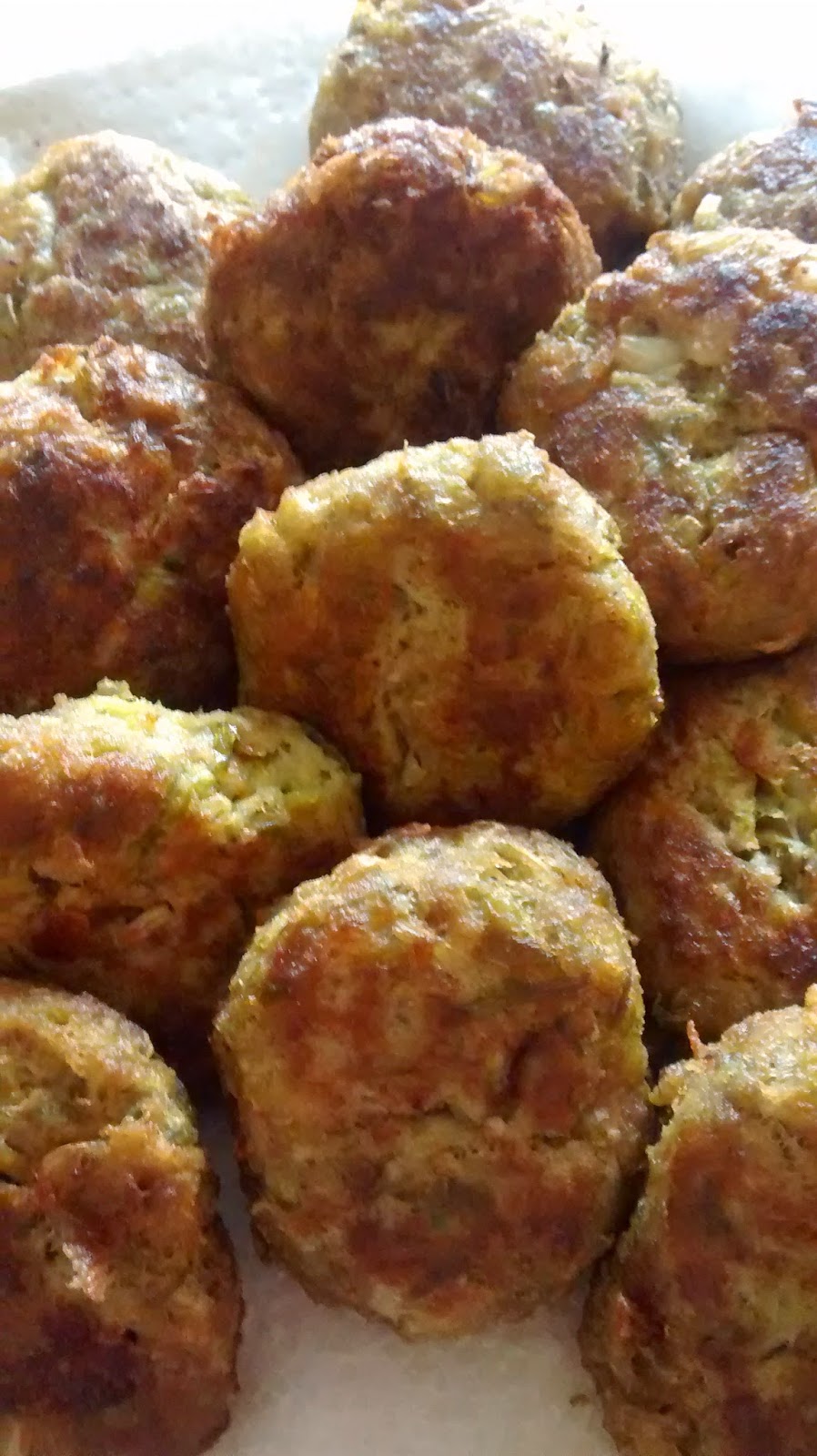Before our boat trip to the island, at the entrance of the port there are several men and some young boys sitting on a stool. In front of them is a bucket turned upside down with a tray on top. They are displaying and selling nuts, mainly walnuts and almonds. I had only ever eaten dried nuts before either by cracking open the shell or ready shelled and dried from a packet, usually brown in colour. The walnuts sold at the port look like yellow miniature brains. They are fresh walnuts, shelled and soaked in water. Amir always buys a bag for our boat journey to the island. The membrane has to be peeled off before eating and to this day I still can't do it without making a total mess and wasting half the nut before I can manage to salvage the tiniest piece to eat. It takes skill and a lot of patience to peel them. I get very frustrated with it all and end up asking Amir to peel them for me. Almonds however, are a lot easier to peel, after they are soaked in water, the skin becomes soft and the nuts just kind of pop out from the skin when squeezed. It's like a liberation for nuts. I want to tell the whole world to soak their almonds before eating them. I can't believe for so many years I had eaten them with their brown bitter skin. Just by simply soaking the almonds in warm water overnight, the skin easily peels off and the almond is revealed as smooth and sweet. It's a revelation.
Nuts are one of Turkeys main successful export products and used in a lot of recipes. You would think I am mainly referring to desserts but there is a favourite dish of mine called Çerkez tavuğu translated as Circassian chicken. It's an unusual cold savoury dish served as a meze starter. I love it.
1 large chicken breast (mine weighed 450g)
1 slice of dried bread (or 25g breadcrumbs)
2 tablespoons of mayonnaise
4 tablespoons of natural yoghurt
50g dried walnuts
1 and a half tablespoons of oil
Pinch of salt
Half a teaspoon of garlic powder
Half a teaspoon of cayenne pepper
Half a teaspoon of garlic powder
Half a teaspoon of cayenne pepper
Boil the chicken in water and a little salt until cooked.
Take out the chicken to cool but do not throw away the water.
When cold shred chicken into small crumbly pieces and place in a mixing bowl.
Put the dried slice of bread into an electric chopper to make breadcrumbs. Sprinkle over the chicken.
Chop the walnuts and add together with the mayonnaise, yoghurt, garlic powder & pinch of salt. Stir in well.
The consistency should be thick.
Add about 2-3 tablespoons of the chicken juice to moisten consistency.
The consistency should be thick.
Add about 2-3 tablespoons of the chicken juice to moisten consistency.
Place mixture in serving dish and smooth down.
Pour about 2 tablespoons of oil in a frying pan.
Sprinkle the cayenne pepper in to the oil and simmer until the colour of the oil turns reddish.
With a spoon, pour over the chicken mix.
Place dish in fridge to serve cold. The Oil will then harden slightly.
Tip: When you put the chicken mix in to the serving bowl you can create a pattern with a fork or knife so that when you pour the oil on top if pours in to the pattern you have created.
Place dish in fridge to serve cold. The Oil will then harden slightly.
Tip: When you put the chicken mix in to the serving bowl you can create a pattern with a fork or knife so that when you pour the oil on top if pours in to the pattern you have created.










